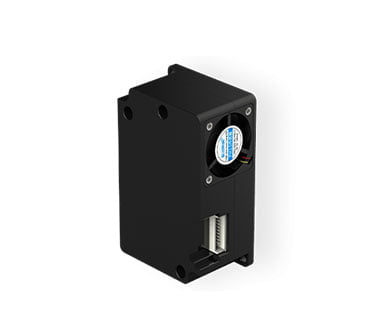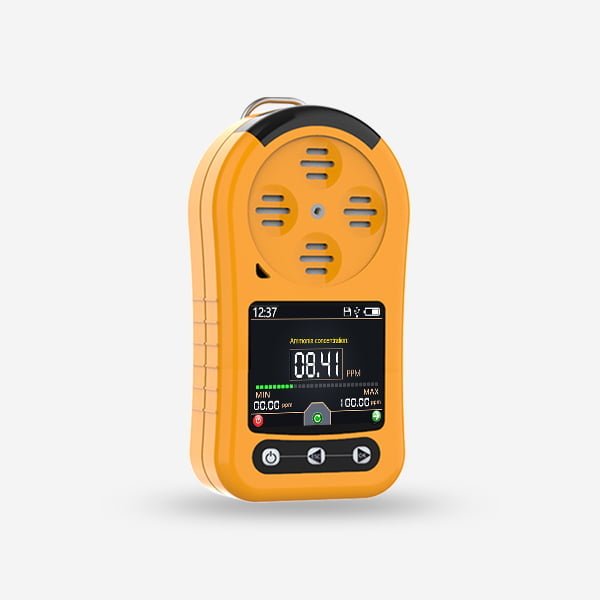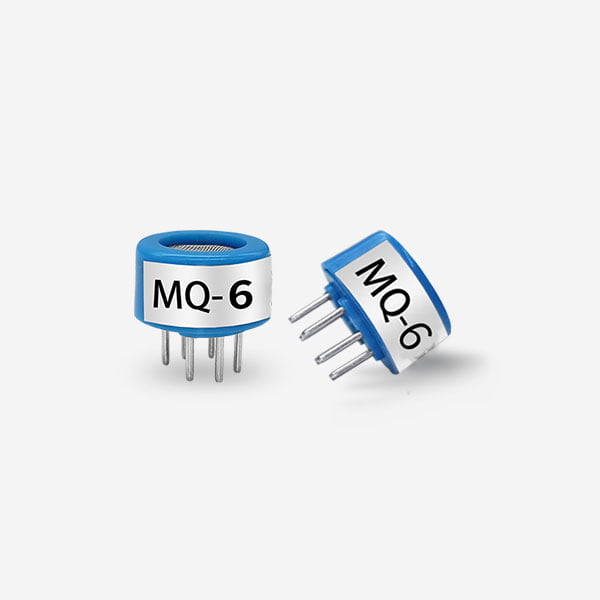Gas sensors play a crucial role in a wide range of applications, from industrial processes and environmental monitoring to healthcare and safety systems. These sensors are designed to detect and measure the presence of various gases in the surrounding environment, providing valuable data for monitoring air quality, ensuring workplace safety, controlling industrial processes, and detecting hazardous gas leaks. In this essay, we will explore the diverse applications of gas sensors, the different types of gas sensors available, and the significance of these sensors in ensuring safety, environmental protection, and efficient industrial operations.
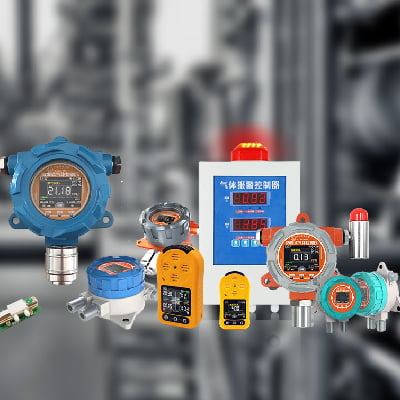
Gas sensors are utilized in numerous industrial applications to monitor and control the concentration of gases in the workplace environment, ensuring the safety of workers and preventing potential hazards. In industrial settings, the presence of toxic or flammable gases can pose serious risks to personnel and equipment. Gas sensors are used to detect and measure the levels of gases such as carbon monoxide, hydrogen sulfide, ammonia, methane, and volatile organic compounds (VOCs), providing early warning of potential dangers and enabling prompt intervention to mitigate risks.
Application of Gas sensors
In the oil and gas industry, where the extraction, processing, and transportation of hydrocarbons take place, gas sensors are essential for detecting the presence of combustible gases and monitoring the levels of hydrogen sulfide, a highly toxic gas commonly found in natural gas and crude oil. By continuously monitoring the concentration of these gases, gas sensors help to prevent fires, explosions, and occupational health hazards, thereby ensuring the safety of workers and protecting critical infrastructure.
In addition to industrial applications, gas sensors are widely used in environmental monitoring to assess air quality, detect pollution sources, and analyze the impact of human activities on the environment. Environmental monitoring stations, equipped with gas sensors, measure the levels of pollutants such as nitrogen dioxide, sulfur dioxide, ozone, and particulate matter, providing valuable data for assessing air quality and identifying sources of pollution. This information is essential for developing strategies to reduce air pollution, protect public health, and preserve the natural environment.
For instance, in urban areas, where air pollution from vehicular emissions, industrial activities. Gas sensors are deployed in air quality monitoring networks to continuously measure the concentration of pollutants. By analyzing the data collected from these sensors, environmental authorities can assess compliance with air quality standards, identify pollution hotspots, and implement measures to reduce emissions and improve air quality for the benefit of the population and the environment.
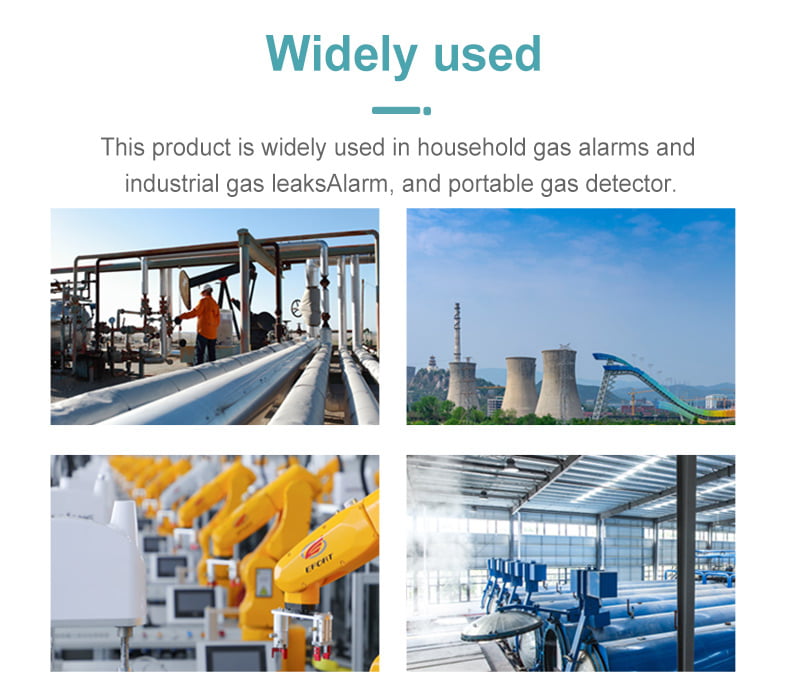
Gas sensors also play a critical role in healthcare applications, particularly in medical facilities and laboratories, where the detection of specific gases is essential for ensuring the safety of patients, healthcare workers, and laboratory personnel. For example, in hospitals and clinics, gas sensors are used to monitor the levels of anesthetic gases, oxygen, and carbon dioxide in operating rooms, recovery areas, and intensive care units, ensuring that patients receive the appropriate gas concentrations and that healthcare professionals are protected from potential exposure to hazardous gases.
Moreover, in laboratory settings, gas sensors are utilized to monitor the levels of gases used in various processes, such as sterilization, incubation, and chemical reactions. By continuously monitoring the concentration of gases, these sensors help to maintain safe working conditions, prevent gas leaks, and ensure compliance with safety regulations, thereby safeguarding the well-being of personnel and the integrity of experimental procedures.
The diverse applications of gas sensors are supported by a wide range of sensor technologies designed to detect and measure different types of gases with high accuracy and reliability. One of the most common types of gas sensors is the electrochemical sensor, which operates by detecting changes in the electrical current produced by chemical reactions between the target gas and the sensor’s electrodes. Electrochemical sensors are widely used for detecting toxic gases such as carbon monoxide, hydrogen sulfide, and chlorine, providing fast response times and high sensitivity to low gas concentrations.
Another type of gas sensor is the semiconductor gas sensor, which utilizes the changes in the electrical conductivity of a semiconductor material when exposed to specific gases.
Semiconductor gas sensors are commonly used for detecting flammable gases such as methane, propane, and butane, as well as for monitoring air quality and detecting VOCs.
These sensors offer cost-effective solutions for gas detection and are suitable for various applications, including industrial safety, environmental monitoring, and indoor air quality assessment.
In addition to electrochemical and semiconductor sensors, there are also optical gas sensors that rely on the absorption of light by gas molecules to measure gas concentrations.
Optical gas sensor offer high selectivity and sensitivity for detecting specific gases, making them suitable for applications where precise gas identification and measurement are required.
Furthermore, gas sensors based on infrared (IR) technology are widely used for detecting and measuring the levels of gases such as carbon dioxide, methane, and hydrocarbons. IR gas sensors operate by measuring the absorption of infrared radiation by gas molecules, enabling the identification and quantification of specific gases with high accuracy. These sensors are essential for various applications, including indoor air quality monitoring, greenhouse gas emissions monitoring, and industrial process control, where the measurement of specific gases is critical for ensuring safety and compliance with regulations.
Conclusion
In conclusion, gas sensor are indispensable tools for a wide range of applications, including industrial safety, environmental monitoring, healthcare, and laboratory operations. The diverse types of gas sensors available, such as electrochemical, semiconductor, optical, and infrared sensors, offer high accuracy and reliability for detecting and measuring different gases, enabling the effective monitoring and control of gas concentrations in various environments. The importance of gas sensors in ensuring safety, protecting the environment, and supporting efficient industrial operations underscores the critical role of these sensors in modern society, where the effective management of gas emissions and the prevention of gas-related hazards are essential for sustainable development and human well-being.
